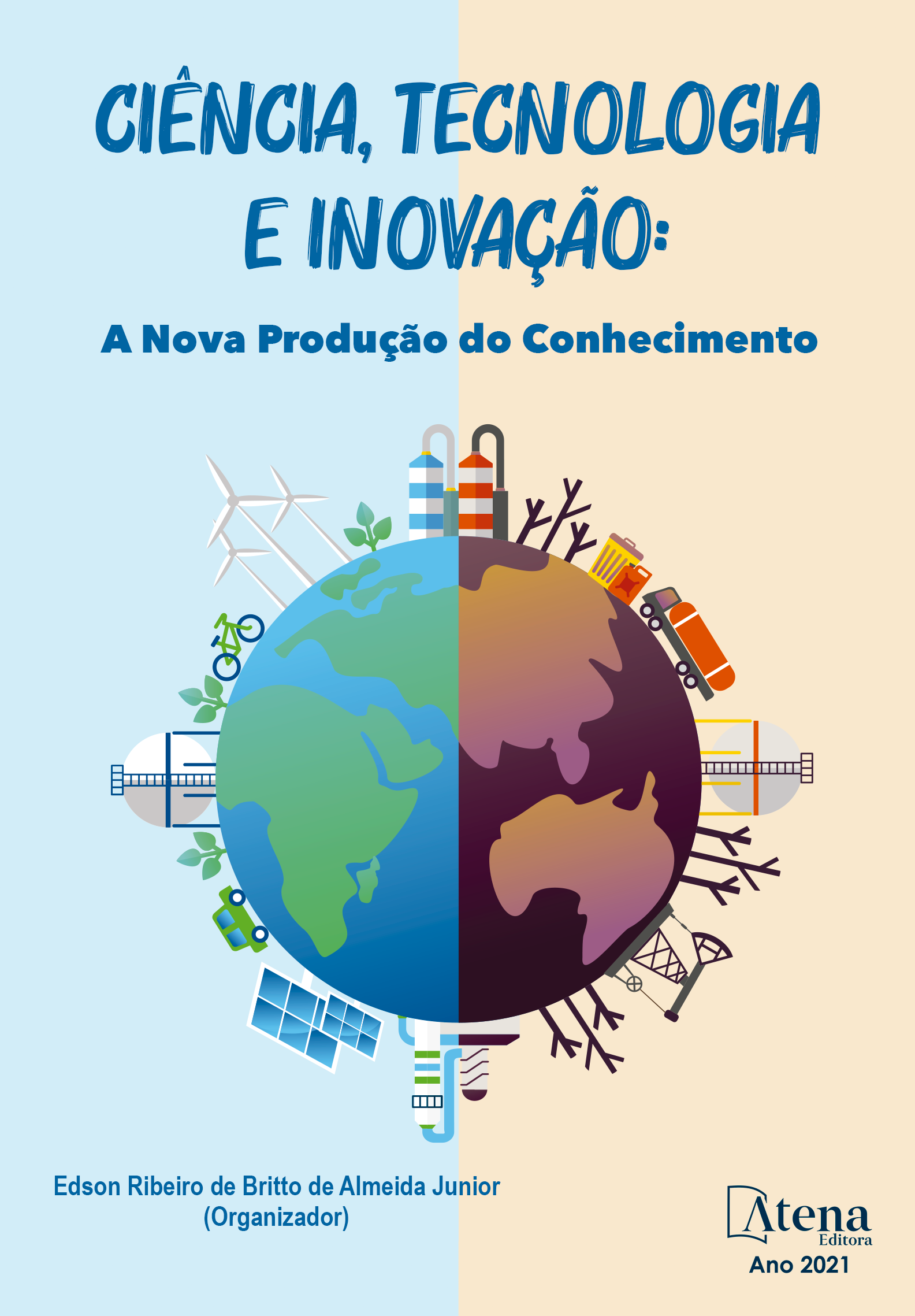
AVALIAÇÃO DA INSERÇÃO DE FIBRAS DE SISAL CURTAS NA OTIMIZAÇÃO DA PRODUÇÃO DE PASTA GEOPOLIMÉRICA
Analisando a indústria da construção civil, nota-se um aumento, a cada ano, do consumo de concreto e, consequentemente, percebe-se o crescimento do emprego de cimento Portland, cujo processo de fabricação gera emissão de grandes quantidades de CO2 na atmosfera. O uso de geopolímero, com adição de fibras, pode configurar uma forma mais sustentável de material cimentício, já que, no processo de fabricação, podem ser utilizados resíduos industriais como material base. Assim, o objetivo do trabalho foi produzir e caracterizar compósitos geopoliméricos à base de metacaulim ativados com solução de silicato de sódio e hidróxido de sódio, reforçados com fibras de sisal curtas, otimizando o processo de produção com o uso de técnicas estatísticas como planejamento composto central e superfície de resposta. As variáveis independentes utilizadas no estudo foram o teor de fibras de sisal (0 a 2,95%), relação solução ativadora/metacaulim (0,352 a 0,748) e tempo de cura (1 a 28 dias), para o estudo do comportamento da variável módulo de ruptura. O comprimento das fibras de sisal estudado foi de 1,5 cm. De acordo com o planejamento composto central, as melhores condições (otimizadas) das variáveis, alcançando um valor médio de 2,66 MPa para o módulo de ruptura, foram com os valores nos pontos centrais para as três variáveis, ou seja, 1,4% de fibras de sisal, relação solução ativadora/metacaulim de 0,55 e tempo de cura de 14,5 dias. Com relação à interação fibra-matriz, observou-se nas análises de microscopia uma boa aderência, com sinal de ruptura da fibra, o que mostra que o comprimento crítico foi atendido.
AVALIAÇÃO DA INSERÇÃO DE FIBRAS DE SISAL CURTAS NA OTIMIZAÇÃO DA PRODUÇÃO DE PASTA GEOPOLIMÉRICA
-
DOI: 10.22533/at.ed.4962109037
-
Palavras-chave: Fibras naturais; Metacaulim; Módulo de ruptura; Otimização.
-
Keywords: Naturals fibers; Metakaolin; Modulus of rupture; Optimization.
-
Abstract:
Analyzing the construction industry, there is an increase, every year, in the consumption of concrete and, consequently, there is an increase in the use of Portland cement, whose manufacturing process generates the emission of large amounts of CO2 in the atmosphere. The use of geopolymer, with the addition of fibers, can configure a more sustainable form of cementitious material, since, in the manufacturing process, industrial waste can be used as the base material. Thus, the objective of the work was to produce and characterize geopolymers composites based on metakaolin activated with sodium silicate and sodium hydroxide solution, reinforced with short sisal fibers, optimizing the production process with the use of statistical techniques such as central composite design and response surface. The independent variables used in the study were the sisal fiber content (0 to 2.95%), activator solution/metakaolin ratio (0.352 to 0.748) and cure time (1 to 28 days), to study the behavior of the modulus of rupture variable. The length of the sisal fibers studied was 1.5 cm. According to the central composite design, the best (optimized) conditions for the variables, reaching an average value of 2.66 MPa for the modulus of rupture, were with the values at the central points for the three variables, that is, 1.4 % sisal fibers, 0.55 activator solution/metakaolin ratio and 14.5 days cure time. Regarding the fiber-matrix interaction, good adherence was observed in the microscopy analyzes, with a sign of fiber breakage, which shows that the critical length was reached.
-
Número de páginas: 14
- Lorayne Cristina da Silva Alves
- Leila Aparecida de Castro Motta
- Rondinele Alberto dos Reis Ferreira


